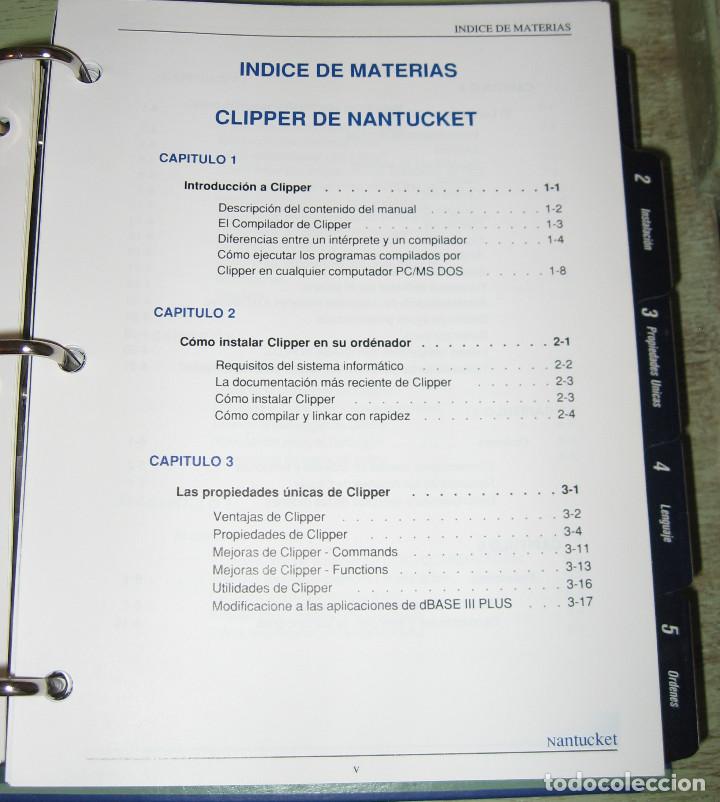
The craft will carry nine scientific instruments, all designed and constructed at sites across the U.S. Teams on two continents are building the Europa Clipper Instead, researchers think life on the moon sustains itself on chemical reactions, as some forms of life on Earth do. Since no light can penetrate the thick later of ice, life on Europa won't rely on photosynthesis. The water is probably "in contact with the rock below, so nutrients can seep into that ocean and potentially serve as a fuel for life," Pappalardo says. If we find life in our Solar System - no matter what strange shape it takes - it might be on Europa. Researchers are so excited about the Europa Clipper mission that the moon's ocean could have astrobiological implications. He says that the "liquid water ocean" sits beneath roughly 13 miles of ice.
#CLIPPER SUMMER 87 SOFTWARE ENGINEERING SKIN#
Much like Earth, the rocky object has a metallic core at its center and "a skin of H 2O," according to Bob Pappalardo, NASA's project scientist for the mission. The antenna is nearly 10 feet (3 meters) wide and will be integrated along with other telecommunications hardware into the spacecraft's propulsion module.Įuropa stands out because it appears to have a crust of ice.

The massive high-gain antenna for NASA's Europa Clipper mission is complete, NASA announced on March 3, 2022. All five objects emerged from the same cloud of gas and dust. In fact, they formed in parallel with Jupiter. But the four biggest - Io, Europa, Ganymede, and Callisto - are more like mini planets than desolate space rocks. Most of Jupiter's 79 moons are small and not all that attractive to astronomers. Europa holds mysteries – and maybe even life They are not to scale but are in their relative positions. Jupiter and its four planet-size moons, called the Galilean satellites, were photographed in early March 1979 by Voyager 1 and assembled into this collage. If all goes as planned, it will reach Jupiter's orbit by 2030.

If all goes according to plan, Europa Clipper will be sitting on the launchpad in October 2024. Then, the agency will put the craft through "intense vibration testing" to make sure it can withstand launch. Once the spacecraft is assembled it will be moved to JPL's thermal vacuum chamber, where engineers will subject Europa Clipper to the harsh conditions of deep space. "It will be very exciting to see the hardware, the flight software, and the instruments get integrated and tested."

"We'll learn how the system we designed will actually perform," explains project manager Jan Chodas, who is overseeing the Europa Clipper assembly.


 0 kommentar(er)
0 kommentar(er)
